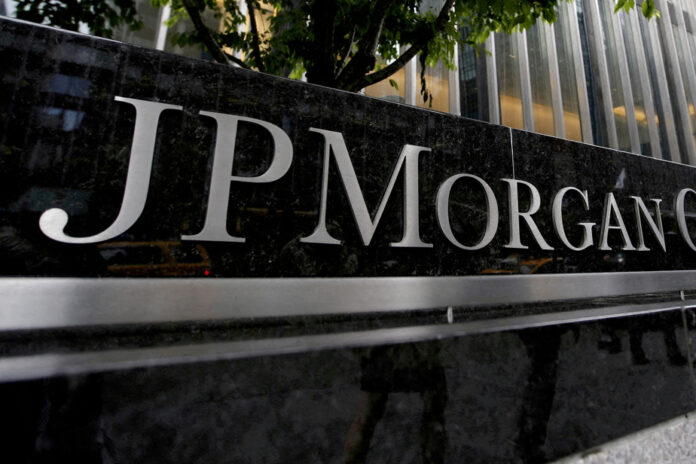(New York) US bank JPMorgan Chase, which on Friday announced a jump in its quarterly results due in part to the takeover of First Republic, said the US economy was “resilient” but warned that risks still linger.
The largest U.S. bank by asset size posted net income of $14.47 billion in the second quarter (up 67% year-on-year). Excluding First Republic, it grew by 40%.
JPMorgan came to the rescue of this regional bank in the turmoil in the spring, in the wake of the bankruptcies in March of Silicon Valley Bank (SVB) and Signature Bank. Before taking control, the group led by Jamie Dimon had bailed out its accounts with other major American banks to the tune of $30 billion.
The absorption of this establishment resulted in a provision of 1.2 billion dollars for this quarter, but generated a gain of 2.7 billion for the financing and investment branch.
The group’s quarterly turnover was 41.30 billion (34%).
“Virtually all of our businesses saw continued growth this quarter,” Dimon said in a statement.
“The U.S. economy continues to be resilient. […] Consumers are spending, even if there is a small slowdown. The labor market has faltered a bit, but job growth remains strong,” he noted.
“That being said, there are still significant near-term risks,” Dimon warned, citing consumers tapping into their woolen socks, underlying inflation remaining “stubbornly” high, public debt was high or that the war in Ukraine continued.
Analyst consensus compiled by Factset called for revenue of $38.66 billion, net income of $12.10 billion and net earnings per share of $3.70 ($4.75 realized). ).
Analysts are particularly interested this season in net interest income (difference between interest received on loans made to customers and interest paid to savers and creditors). To attract deposits – which provide them with liquidity – banks have increased the yields offered and thus cut into their margins.
For JPMorgan, those revenues jumped 48% in the quarter (excluding First Republic).
Another line scrutinized: that of bad debts, in a context of hikes in key Fed rates and high inflation in 2022. They reached 2.9 billion between March and June (1.7 billion excluding First Republic).















